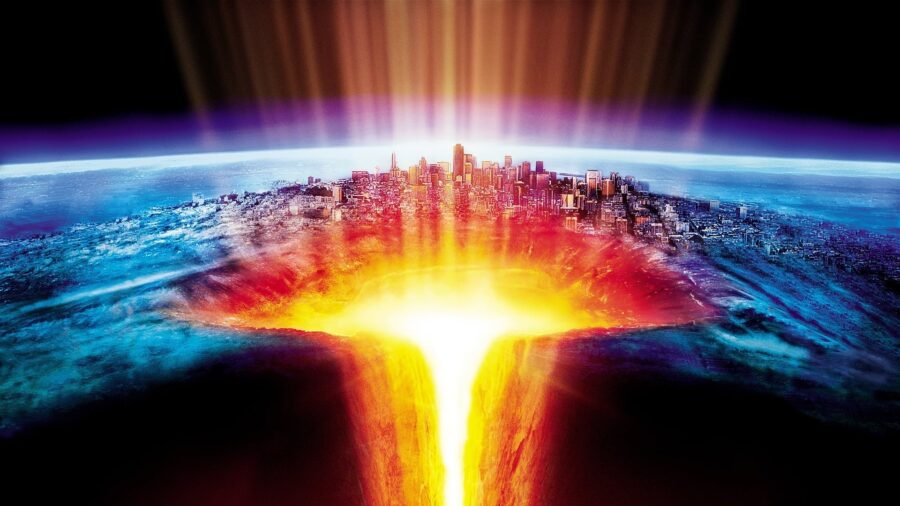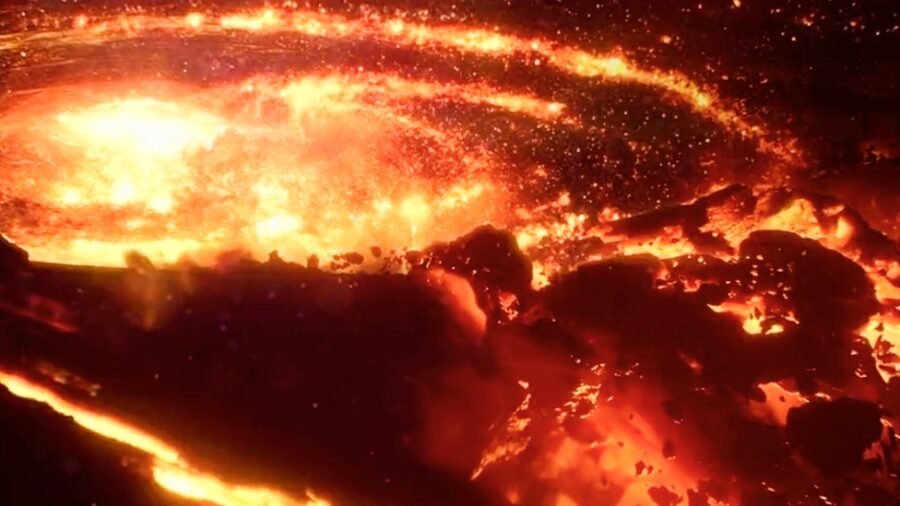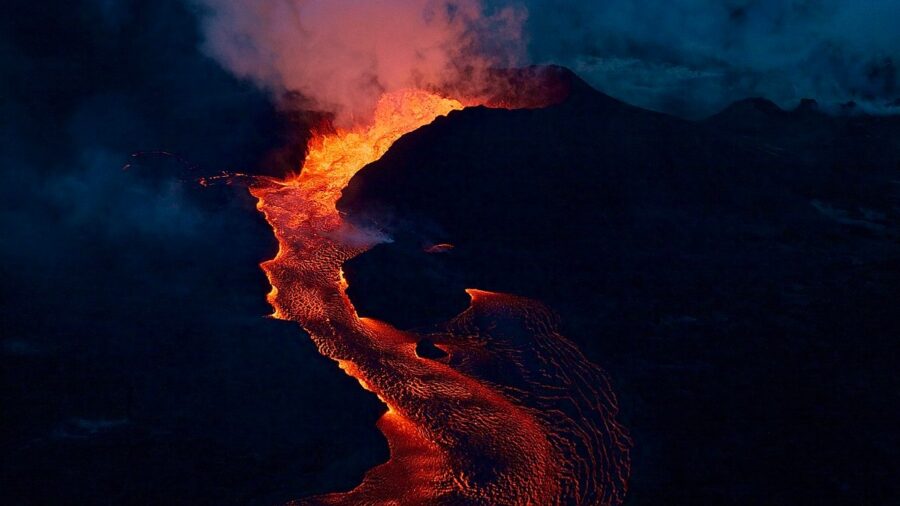Earth’s Core Leaking But Scientists Have A Theory Why

Large concentrations of a helium isotope discovered inside 62-million-year-old Arctic rocks likely proves that there is a slow leak in Earth’s core. Building on previous studies, Science Alert reports that researchers from the Woods Hole Oceanographic Institution and the California Institute of Technology may have figured out how to explain this phenomenon.
Helium Is Leaking Out Of The Earth’s Core

Helium, the second lightest and non-reactive element on the periodic table, isn’t one to form strong bonds, making it challenging to stay confined within the Earth’s core. As a result, helium is relatively rare on the planet’s surface. However, what has long puzzled scientists is how much helium remains trapped deep beneath our feet.
Studying Ancient Lava Flows To Understand The Leak

Ancient lava that flows in Canada’s Baffin Island has played a crucial role in unraveling the helium mystery in the Earth’s core. The basaltic lava contains unusually high ratios of helium-3 (3He) to helium-4 (4He). These ratios suggest that the helium didn’t come from atmospheric contamination but instead had a much deeper, more ancient origin.
The Earth’s core discovery occurred when geochemist Forrest Horton, from the Woods Hole Oceanographic Institution, identified helium isotope ratios up to 50 times higher than atmospheric levels in olivine samples collected from Baffin’s lava fields. Such concentrations were even higher than what is typically found in the mantle.
However, this unusual concentration of 3He was not limited to Baffin Island. It was also found in lava from Iceland, above its own distinct mantle conveyor belt. But could these hotspots both be receiving their helium from an ancient reservoir adjacent to the mantle? Further investigation into the Earth’s core revealed even more compelling evidence.
The Origins Of Trapped Helium

The latest analysis of Earth’s core, which included samples from several sites across Baffin and the surrounding islands, showed the highest ratio of 3He to 4He ever recorded in volcanic rock – nearly 70 times the atmospheric levels. This data, combined with the study of other isotopes such as strontium and neodymium, provides a stronger case for the unusual origins of this helium.
Helium Slowly Leaks From The Outer Core Into The Mantle

The researchers’ findings indicate that helium may be slowly diffusing from Earth’s outer core into the mantle. This diffusion process could take tens of thousands of years, challenging previous understandings of how elements interact within the Earth’s core. A key piece of evidence comes from the study of neon isotopes, which align with conditions present when Earth was formed.
It suggests that Earth’s noble gases, including helium and neon, were locked away in the core during its early development, only to gradually seep into the surrounding mantle over time. Since Earth’s core is buried beneath thousands of kilometers of dense rock, it can’t be directly explored. However, it can be studied by listening to the seismic vibrations and echoes that occur beneath the surface.
Future Studies Of Earth’s Layers

The revelation that helium, and potentially other noble gases, may be slowly leaking from the Earth’s core opens up exciting possibilities for scientific inquiry. If this theory holds, it could provide scientists with a unique opportunity to study Earth’s core processes, which could also further our understanding of how celestial bodies are formed from the primordial dust and gas.












